
Close your eyes and throw a stick in pretty much any Tokyo neighbourhood, and there’s a good chance that you’ll hit someone riding a bicycle. With roughly 72 million bikes on the streets of Japan, they’re an essential part of daily life for many, especially in urban areas where space for motor vehicle parking is both limited and expensive.
Last weekend, though, we stumbled upon a fleet of sparkling new bicycles that couldn’t be more different to the typical mamachari shopping bikes that everyone from junior high schoolers to worryingly wobbly grandmothers pedal around town. Sleek, compact, and with”Suicle” stamped on their crossbars, these lime-green lightweights are available for anyone with a prepaid IC bus or rail card and a half-decent sense of balance to rent.
Eager to know if the ride, and the process of renting and returning, was as smooth as a nearby sign purported it to be, we took a couple of the mini bikes out for a spin.
Built by Japanese electronics giant Panasonic and being rolled out in a handful of commuter towns in Tokyo to allow easy access to stations and the local area, the Suicycle scheme has only just begun, and is still relatively unknown even amongst locals.
The Suicle station (or “port”, as their makers prefer them to be known) we found was located near Higashi Koganei Station on the JR Chuo Line, which runs from Tokyo Station in the east through vibrant Shinjuku and all the way out to the mountains and forests of West Tokyo. Situated directly beneath the line in a gap between two of the giant concrete pillars keeping it aloft, the bicycle parking area is yet another example of Japanese town planners’ recent desire to make use of valuable space that might otherwise sit vacant.
Inside this fenced-off, sheltered spot stood row upon row of shiny new compact bikes destined never to have an owner of their very own. Instead, they are designed to be picked up, dropped off, and shared by hundreds if not thousands of people during their lifetimes. Stamped with the name “Suicle” (a combination of the onomatopoeic word ‘suisui’, meaning to move smoothly and quickly, and ‘cycle’), the bikes are accessible 24 hours a day and the process of picking up and dropping off is fully automated.
Entering through a narrow, pedestrians-only pathway, we found the pay station, a machine roughly the size of a typical vending machine but with a large LCD touch panel in its centre.
It’s here that commuters and sightseers alike scan the same Pasmo or Suica prepaid IC cards that they use for public transport to rent or return a bike, choosing whether to take one out for an hour at a time (starting at 100 yen/US$1), for the whole day as a “visitor” to the area (500 yen/$5), or to pay for a full month of hop on, hop off use (2,500 yen/$25).
Renters are required to provide ID and register a form of electronic payment on their first use, but it’s simply a case of filling out a simple form in order to receive a unique ID number that will be tethered to the card you’ll use for future payments. After that, you’re free to select a bike and, having scanned your card one last time to pass through the automated security barrier, you’re away.
With a comfortable synthetic leather saddle, durable, puncture-resistant tyres, a sturdy wire-frame basket (not to worry — in Japan, even the cool kids have baskets on their bikes!), bell, front-wheel lock for when you’re leaving the bike somewhere other than a Suicycle station, and three twist-grip gears to make use of (sorry, speed freaks, but these bikes are intended for crowded city areas rather than the velodrome, after all), these are genuinely sharp sets of wheels.
▼ The currently selected gear is displayed in a small window on the handlebars
▼ Panasonic’s logo is proudly displayed on the crossbar
Having spent years back in my native UK riding mountain bikes with thick, chunky tyres, I was expecting – particularly since I’m no shortie at 6’2″ – the compact Suicle to be awkward and bumpy, but after a quick seat adjustment I found it to be a pleasantly smooth ride. As we cycled, deciding to keep following the train tracks towards Kichijoji, which is famous for its array of cafes, restaurants and independently run stores, people commented on how kawaii (cute) our bikes were, with some double-taking at the duo riding matching lime-green bikes. Clearly word of Suicle has yet to get out.
It was when we reached our destination, however, that we realised that despite the millions of bikes and people’s reliance on them, life is far from easy for cyclists in Tokyo.
For a city that is home to so many bicycles, finding a place to leave your bike in Tokyo can be an absolute nightmare. Arriving on a Sunday afternoon in popular Kichijoji, we came across a line of bored-looking people standing with their bikes waiting for spaces to open up in a bicycle parking area. Continuing down the road, we spotted another bike park, but it too was already full. Our stomachs grumbling as delicious aromas wafted out of nearby restaurants, we were eager to dismount and get a menu in our hands but instead spent almost half an hour looking for a spot to park up. In the blink of an eye, our little green bikes – the very things that had made us feel like proud kids on Christmas morning just a few minutes earlier – were now the very things stopping us from having fun.
Abandoning our initial idea of eating at a local restaurant, we decided to pick up a few snacks and head over to nearby Inokashira Park, but before we’d even begun to think about where we’d stow our bikes once we got there, we realised we’d have to put them somewhere while running into a store to buy the things for our little picnic. With patrols carting illegally parked bicycles off and slapping their owner with a fine for good measure, leaving your bike tethered to some railings even for five minutes can be a risky business in Tokyo, and with bicycle parking areas costing anything up to 500 yen (US$5) a pop, one starts to wonder whether it would have been easier just to hop on the train to begin with. Admittedly, Suicle bikes are intended mainly for those who travel predominantly between their home and local train station, but with only three dedicated Suicle ports having been set up so far, renters, particularly “visitors” paying for a full day’s use, are limited to where they can go without forking out extra cash and fighting for parking spaces.
Cycling in Tokyo, too, is far from the suisui experience one might expect it to be given the number of cyclists. Bike lanes are startlingly few and far between, and so those on bikes have to choose whether to share dangerously narrow roads with cars, buses and trucks or – as so many do, despite it technically being against the law – riding on the sidewalks, which means travelling at a snail’s pace as well as irritating pedestrians who have to step out of your way as you pass, and resulting in thousands of accidents each year.
It’s still early days, though, and with a little expansion and some additional publicity, Suicle could one day be as integral a part of Tokyoites’ daily commute as the trains they ride, and maybe even rival London’s Boris Bikes or New York City’s recent Citi Bikes schemes. The hassle-free pick-up, drop-off system works brilliantly well, the rates are competitive even at this stage, and it’s incredibly refreshing to be able to hop on a bike that you know is both being maintained properly and something that you can wave goodbye to the moment it has served its purpose.
Now, about those bike lanes…
All photos: RocketNews24
Suicycle homepage (Japanese)
▼ Dropping off your Suicle. Just hold your card in front of the reader
▼ Check the amount you owe, and hit the “pay” button
▼ The entry/exit lanes function only when a single bike/rider are present at any one time
▼ The sleek Suicles themselves

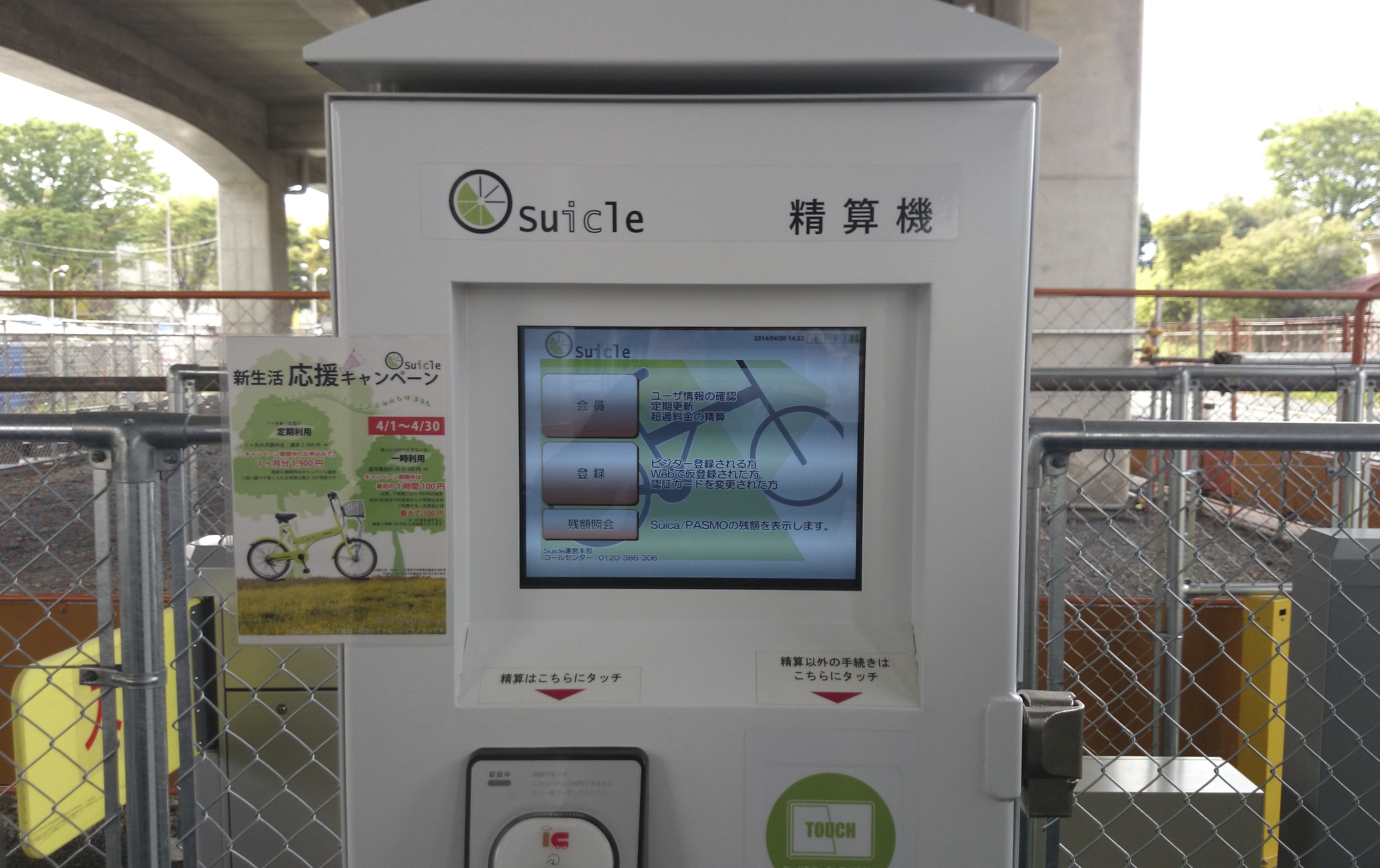
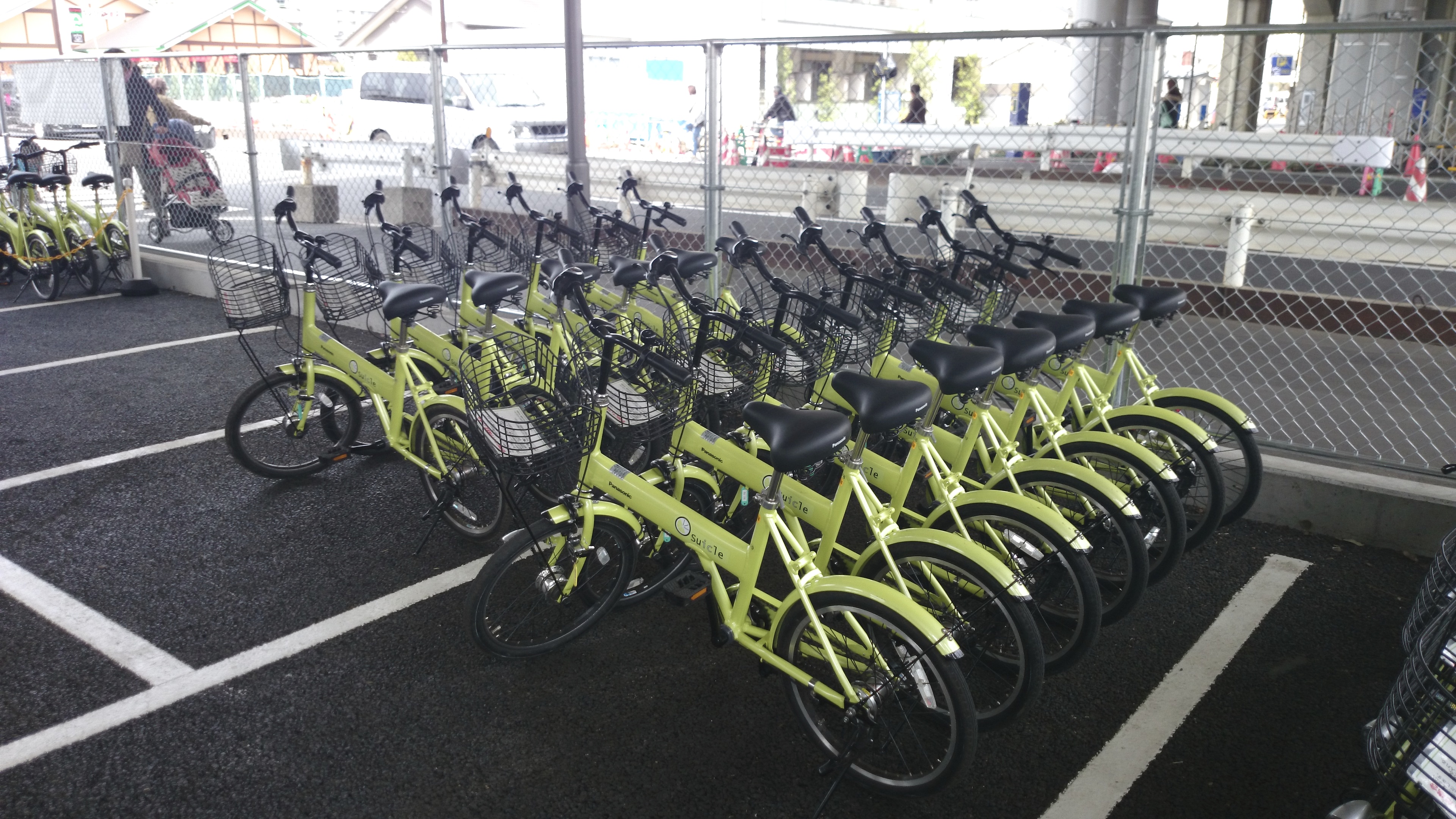
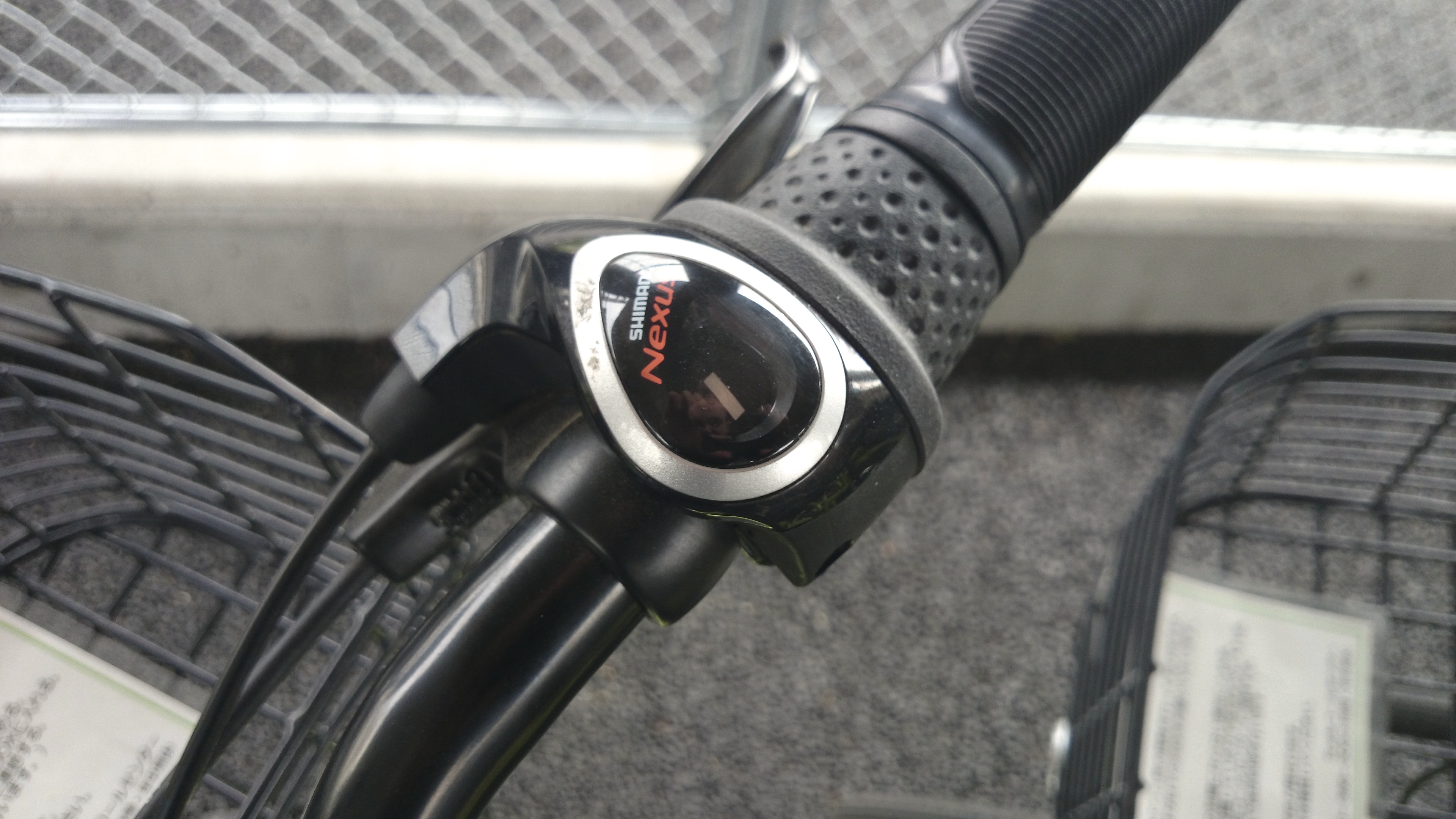
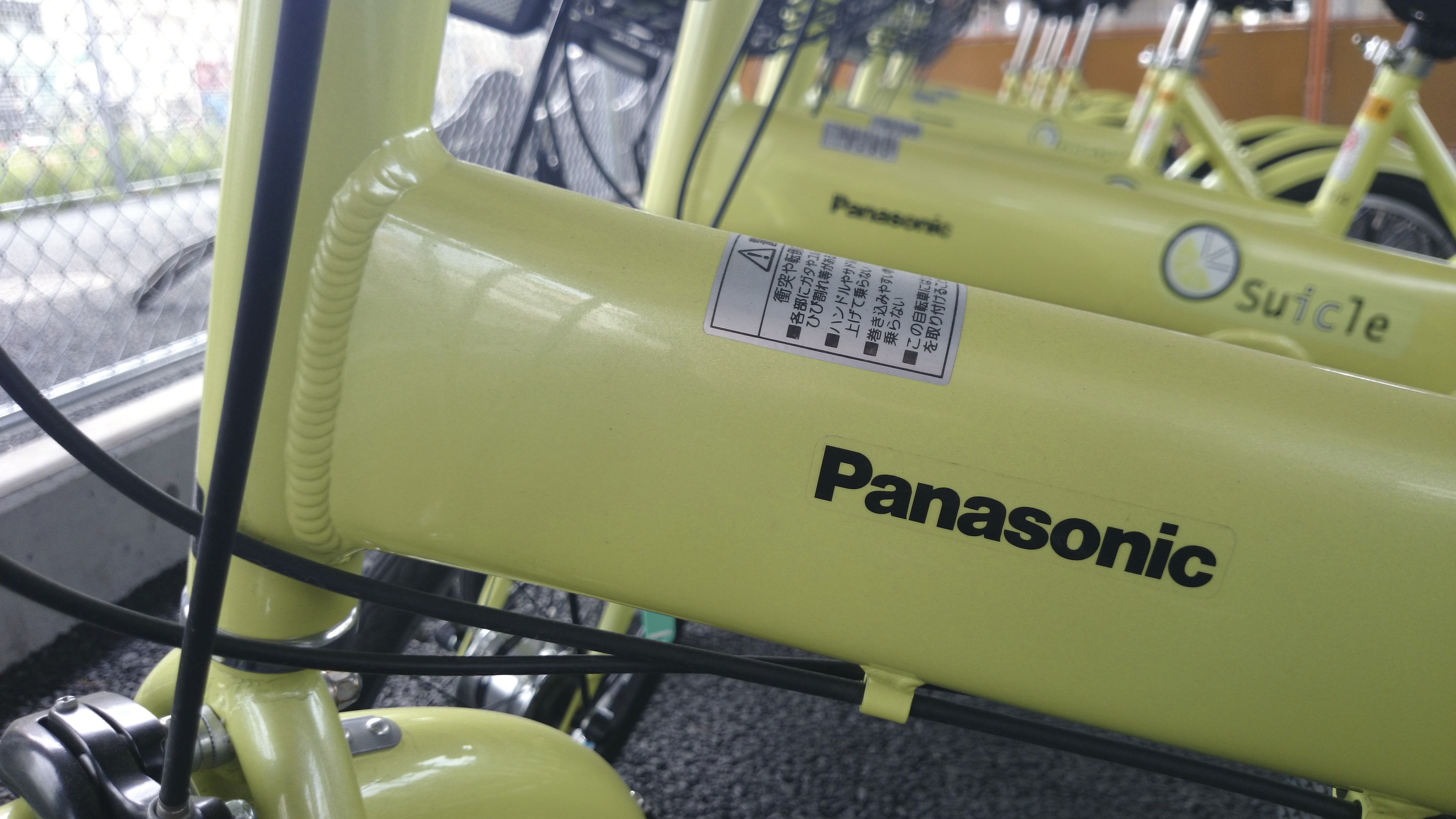
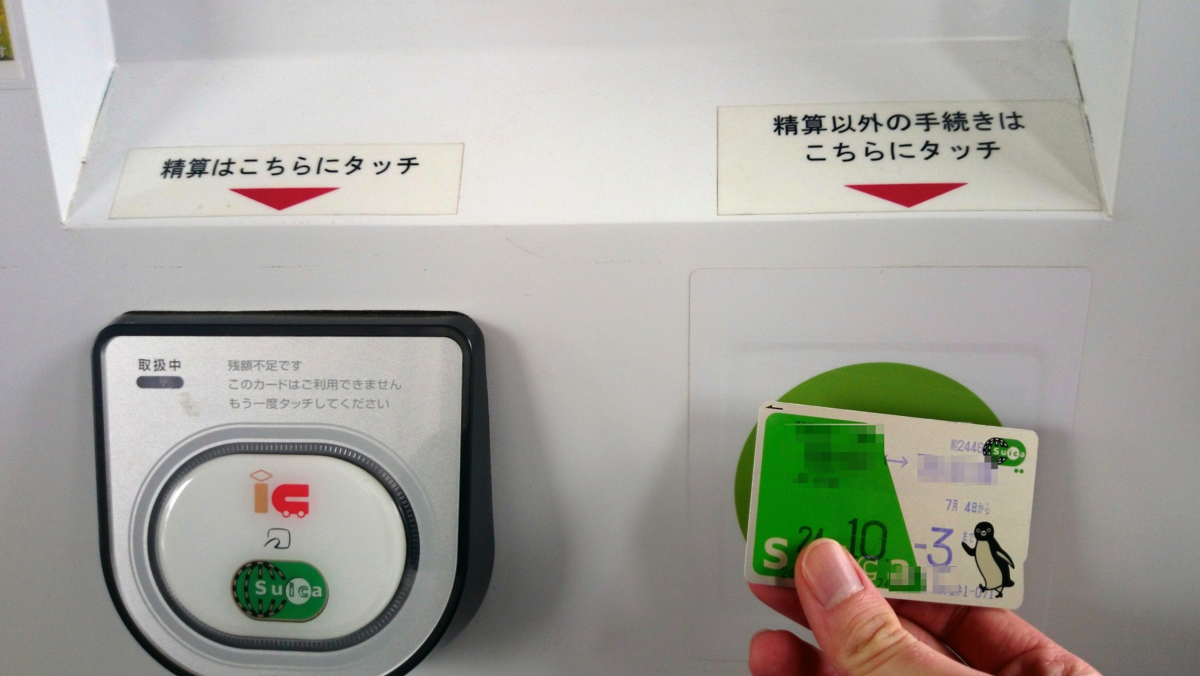
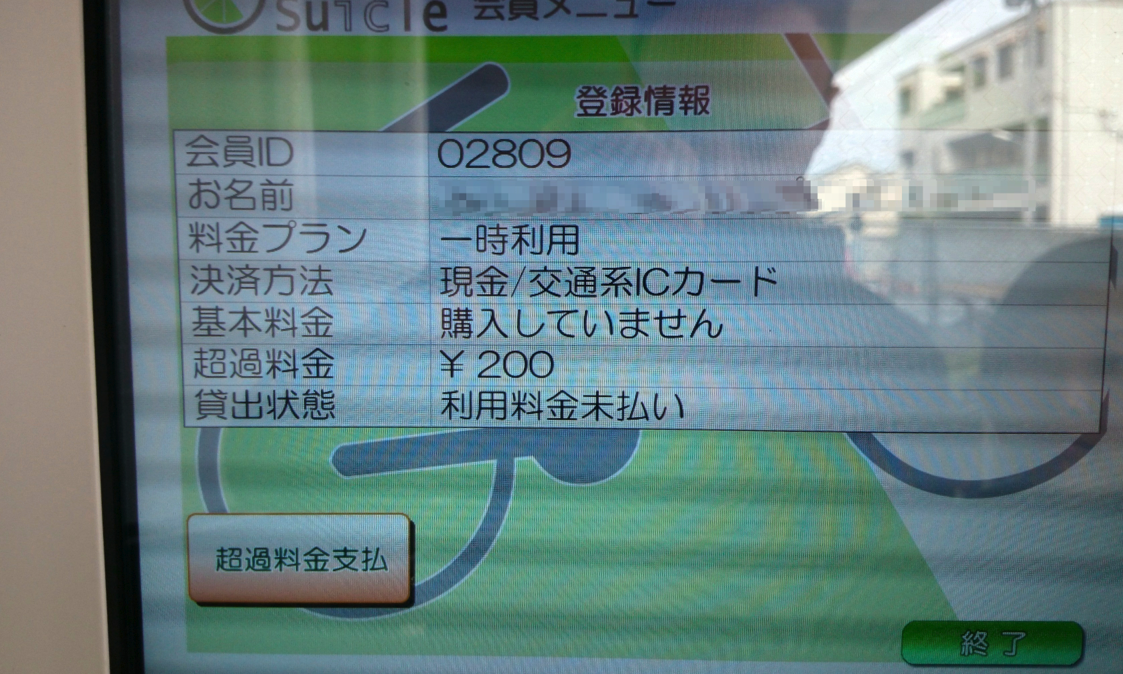
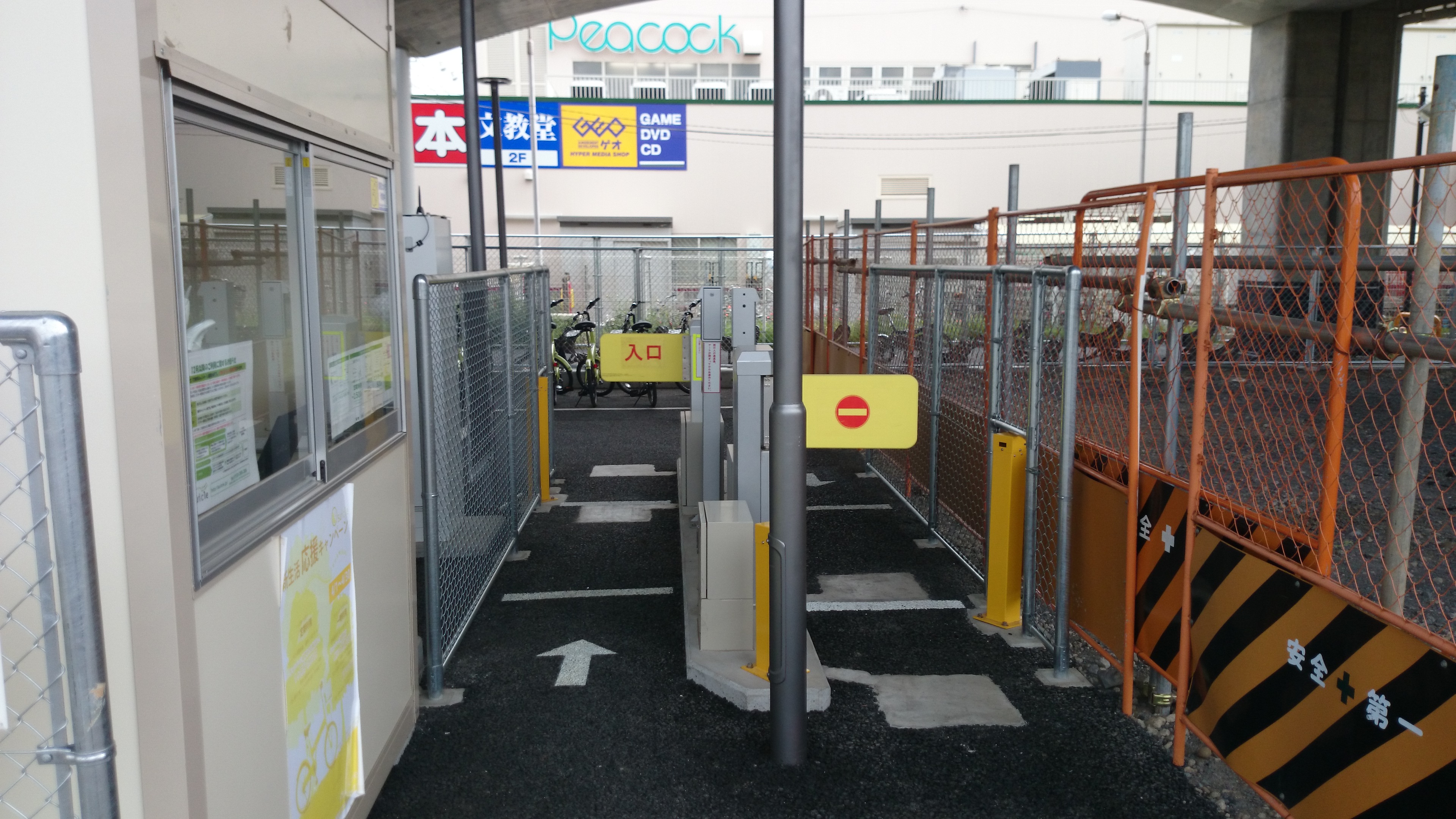
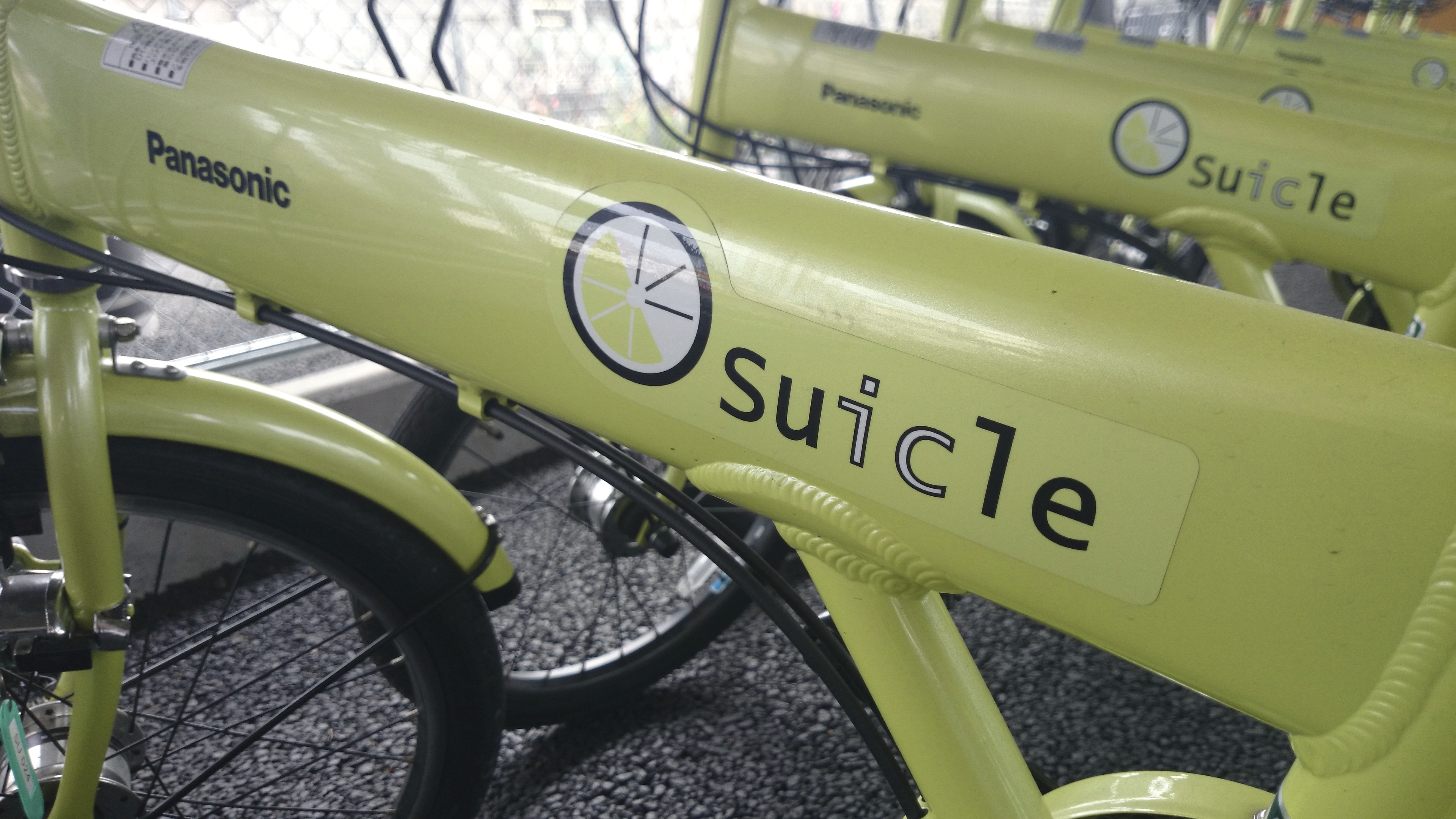
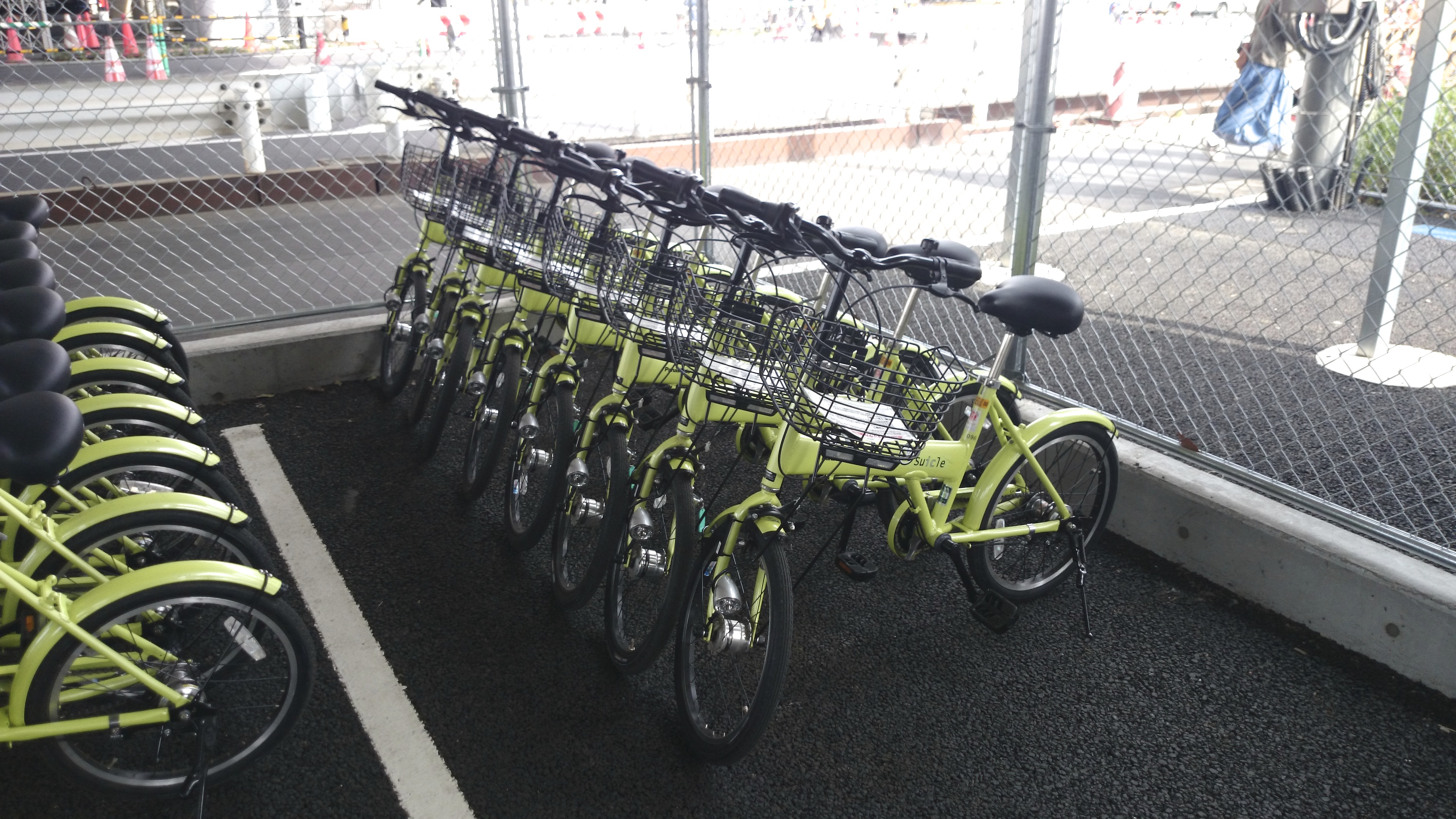
 Tokyo bike rental/sake merchant combo is a perfect way to explore the city, relax after the ride
Tokyo bike rental/sake merchant combo is a perfect way to explore the city, relax after the ride Biking around Tama Lake: A super-easy, super-relaxing afternoon getaway from downtown Tokyo【Pics】
Biking around Tama Lake: A super-easy, super-relaxing afternoon getaway from downtown Tokyo【Pics】 Please don’t make the stupid mistake of taking an “abandoned” bike for a ride in Japan
Please don’t make the stupid mistake of taking an “abandoned” bike for a ride in Japan Can a Japanese lawyer help stop a neighbor from getting our reporter’s bike all wet?
Can a Japanese lawyer help stop a neighbor from getting our reporter’s bike all wet? Crimson-covered Hitachi Seaside Park: Beautiful, awesome, and easy to get to from Tokyo【Photos】
Crimson-covered Hitachi Seaside Park: Beautiful, awesome, and easy to get to from Tokyo【Photos】 Top Japanese cosplayer Enako returns to Comiket after 6 years, creates mayhem with admirers
Top Japanese cosplayer Enako returns to Comiket after 6 years, creates mayhem with admirers Private booths are coming to Japan’s Shinkansen bullet trains even sooner than we’d thought【Video】
Private booths are coming to Japan’s Shinkansen bullet trains even sooner than we’d thought【Video】 What makes a good boss in Japan? Workers sound off in survey
What makes a good boss in Japan? Workers sound off in survey Things get heavy with the Gold Lucky Bag from Village Vanguard
Things get heavy with the Gold Lucky Bag from Village Vanguard Frozen senbei packaging “looks like Anna hailing a cab for drunk Elsa” 【Pic】
Frozen senbei packaging “looks like Anna hailing a cab for drunk Elsa” 【Pic】 McDonald’s Japan has free smiles on its delivery menu, but does asking for one make a difference?
McDonald’s Japan has free smiles on its delivery menu, but does asking for one make a difference? Nearly one in ten young adults living in Japan isn’t ethnically Japanese, statistics show
Nearly one in ten young adults living in Japan isn’t ethnically Japanese, statistics show Pizza Hut Japan’s hot lucky bags are perfect for a New Year’s pizza party
Pizza Hut Japan’s hot lucky bags are perfect for a New Year’s pizza party Nine countries, tons of food, one mode of transportation – From Beijing to London by train
Nine countries, tons of food, one mode of transportation – From Beijing to London by train The Purple Lucky Bag from Village Vanguard is an extra-large waste of money
The Purple Lucky Bag from Village Vanguard is an extra-large waste of money Starbucks Japan ready to get Year of the Horse started with adorable drinkware and plushies【Pics】
Starbucks Japan ready to get Year of the Horse started with adorable drinkware and plushies【Pics】 Japanese beef bowl chain Sukiya’s 2026 Smile Box lucky bag basically pays for itself
Japanese beef bowl chain Sukiya’s 2026 Smile Box lucky bag basically pays for itself Hayao Miyazaki says Happy New Year to Studio Ghibli fans with new art for Year of the Horse
Hayao Miyazaki says Happy New Year to Studio Ghibli fans with new art for Year of the Horse Cup Noodle tries an authentic Jiro-style ramen, but something’s not quite right
Cup Noodle tries an authentic Jiro-style ramen, but something’s not quite right The best Starbucks Japan Frappuccinos we want to drink again in 2026
The best Starbucks Japan Frappuccinos we want to drink again in 2026 We revisited Sweets Paradise after a decade to see if Japan’s dessert buffet still delivers
We revisited Sweets Paradise after a decade to see if Japan’s dessert buffet still delivers That time Seiji called JASRAC to ask why he didn’t get paid royalties for his song being on TV
That time Seiji called JASRAC to ask why he didn’t get paid royalties for his song being on TV We found possibly the quietest Japanese-style hotel in Tokyo’s bustling Shinjuku district
We found possibly the quietest Japanese-style hotel in Tokyo’s bustling Shinjuku district Japan’s oldest largetooth sawfish in captivity back on display in Mie Prefecture
Japan’s oldest largetooth sawfish in captivity back on display in Mie Prefecture 7-Eleven Japan starts new temporary luggage storage service in over 300 branches
7-Eleven Japan starts new temporary luggage storage service in over 300 branches Disillusionment at Tsukiji’s tourist-target prices led us to a great ramen restaurant in Tokyo
Disillusionment at Tsukiji’s tourist-target prices led us to a great ramen restaurant in Tokyo Starbucks teams up with 166-year-old Kyoto doll maker for Year of the Horse decorations【Photos】
Starbucks teams up with 166-year-old Kyoto doll maker for Year of the Horse decorations【Photos】 Tokyo considering law requiring more trash cans following litter increase in heavily touristed area
Tokyo considering law requiring more trash cans following litter increase in heavily touristed area Tokyo’s Tsukiji sushi neighborhood asks tour groups to stay away for the rest of the month
Tokyo’s Tsukiji sushi neighborhood asks tour groups to stay away for the rest of the month Tokyo event lets you travel back in time, for free, to celebrate 100 years since Showa era start
Tokyo event lets you travel back in time, for free, to celebrate 100 years since Showa era start Japan may add Japanese language proficiency, lifestyle classes to permanent foreign resident requirements
Japan may add Japanese language proficiency, lifestyle classes to permanent foreign resident requirements Sanrio theme park in Japan announces plans to expand into a Sanrio resort
Sanrio theme park in Japan announces plans to expand into a Sanrio resort Stamina-destroying “Paralysis Noodles” are Tokyo’s newest over-the-top ramen innovation
Stamina-destroying “Paralysis Noodles” are Tokyo’s newest over-the-top ramen innovation Survey asks foreign tourists what bothered them in Japan, more than half gave same answer
Survey asks foreign tourists what bothered them in Japan, more than half gave same answer Japan’s human washing machines will go on sale to general public, demos to be held in Tokyo
Japan’s human washing machines will go on sale to general public, demos to be held in Tokyo Japan’s deadliest food claims more victims, but why do people keep eating it for New Year’s?
Japan’s deadliest food claims more victims, but why do people keep eating it for New Year’s? We deeply regret going into this tunnel on our walk in the mountains of Japan
We deeply regret going into this tunnel on our walk in the mountains of Japan Studio Ghibli releases Kodama forest spirits from Princess Mononoke to light up your home
Studio Ghibli releases Kodama forest spirits from Princess Mononoke to light up your home Major Japanese hotel chain says reservations via overseas booking sites may not be valid
Major Japanese hotel chain says reservations via overseas booking sites may not be valid Put sesame oil in your coffee? Japanese maker says it’s the best way to start your day【Taste test】
Put sesame oil in your coffee? Japanese maker says it’s the best way to start your day【Taste test】 No more using real katana for tourism activities, Japan’s National Police Agency says
No more using real katana for tourism activities, Japan’s National Police Agency says Starbucks Japan reveals new sakura drinkware collection, inspired by evening cherry blossoms
Starbucks Japan reveals new sakura drinkware collection, inspired by evening cherry blossoms Updated cherry blossom forecast shows extra-long sakura season for Japan this year
Updated cherry blossom forecast shows extra-long sakura season for Japan this year 9 ways Tokyo could become more foreigner-friendly in time for the 2020 Olympics
9 ways Tokyo could become more foreigner-friendly in time for the 2020 Olympics 12 culinary delights from Japan that you can find in New York City
12 culinary delights from Japan that you can find in New York City This special Tokyo sightseeing cruise sails only once a month, shows city from new perspectives
This special Tokyo sightseeing cruise sails only once a month, shows city from new perspectives
Leave a Reply